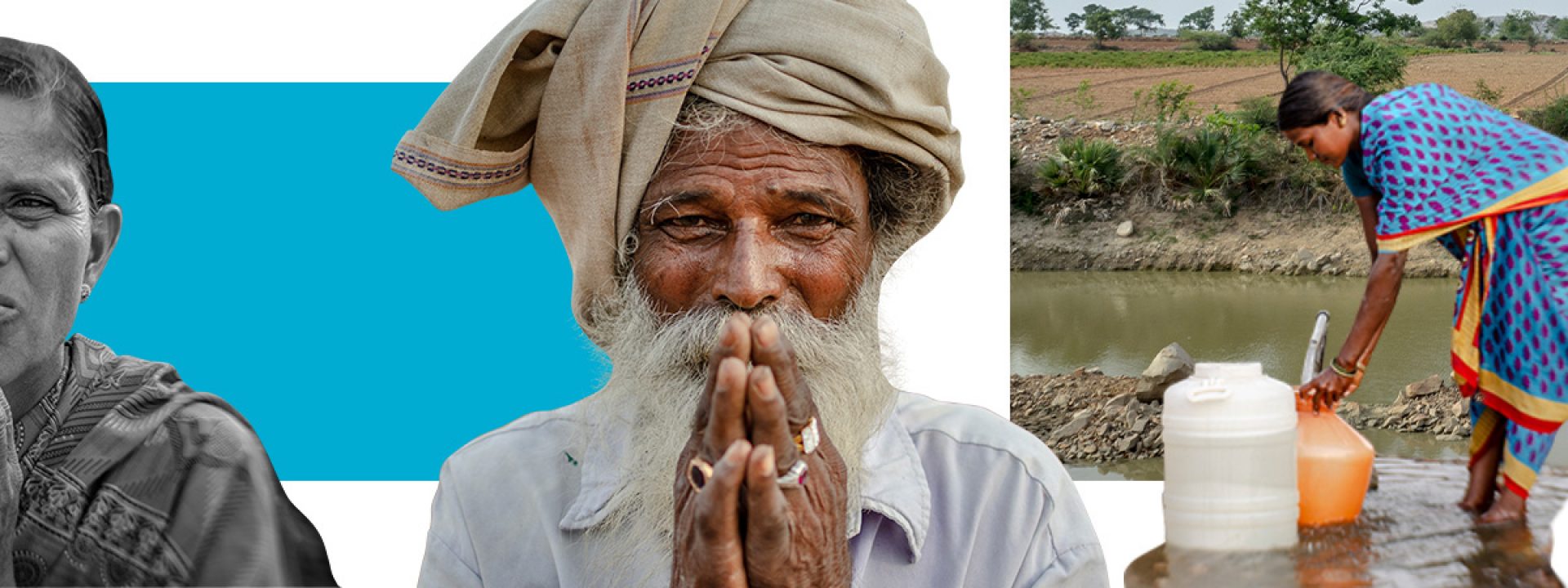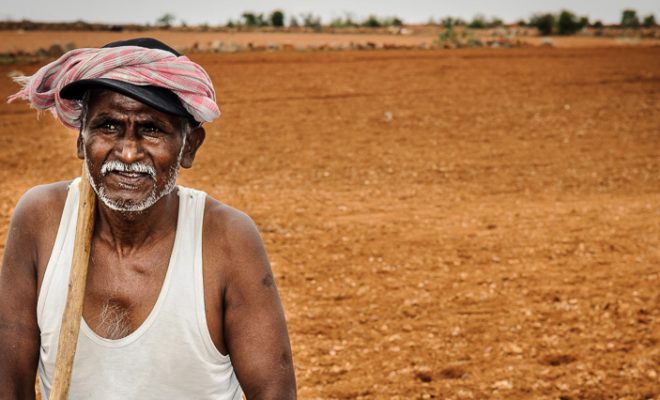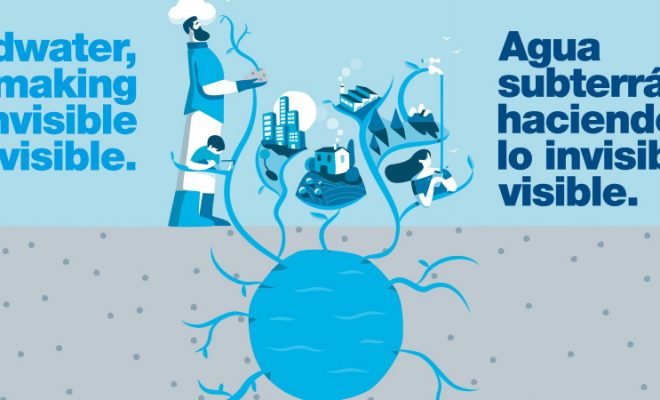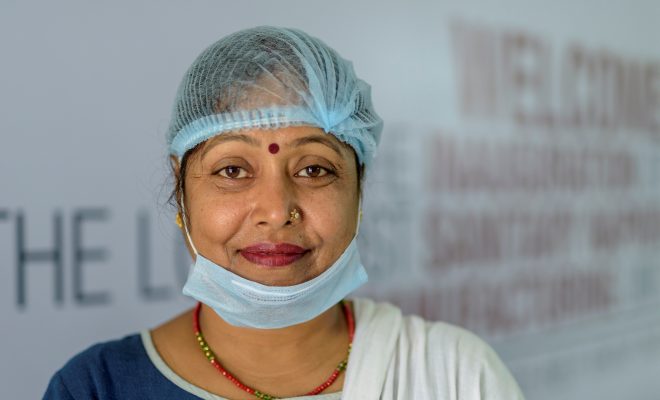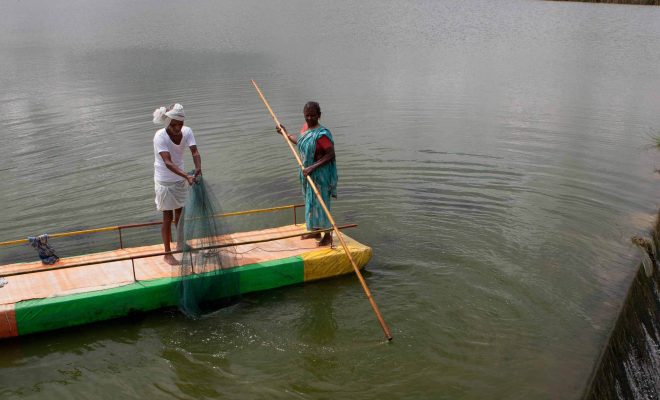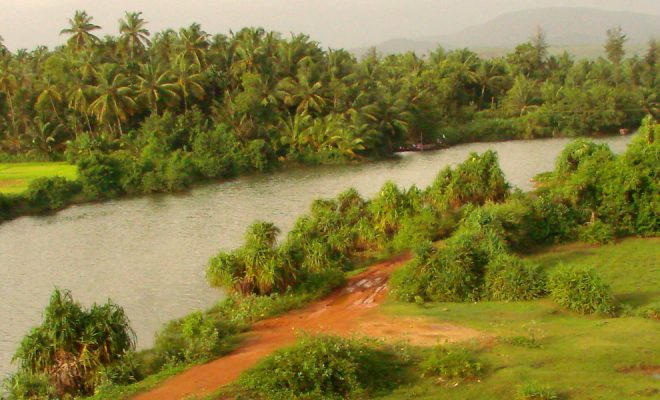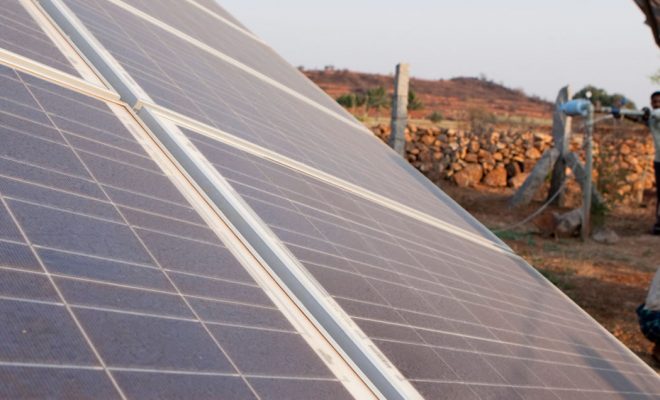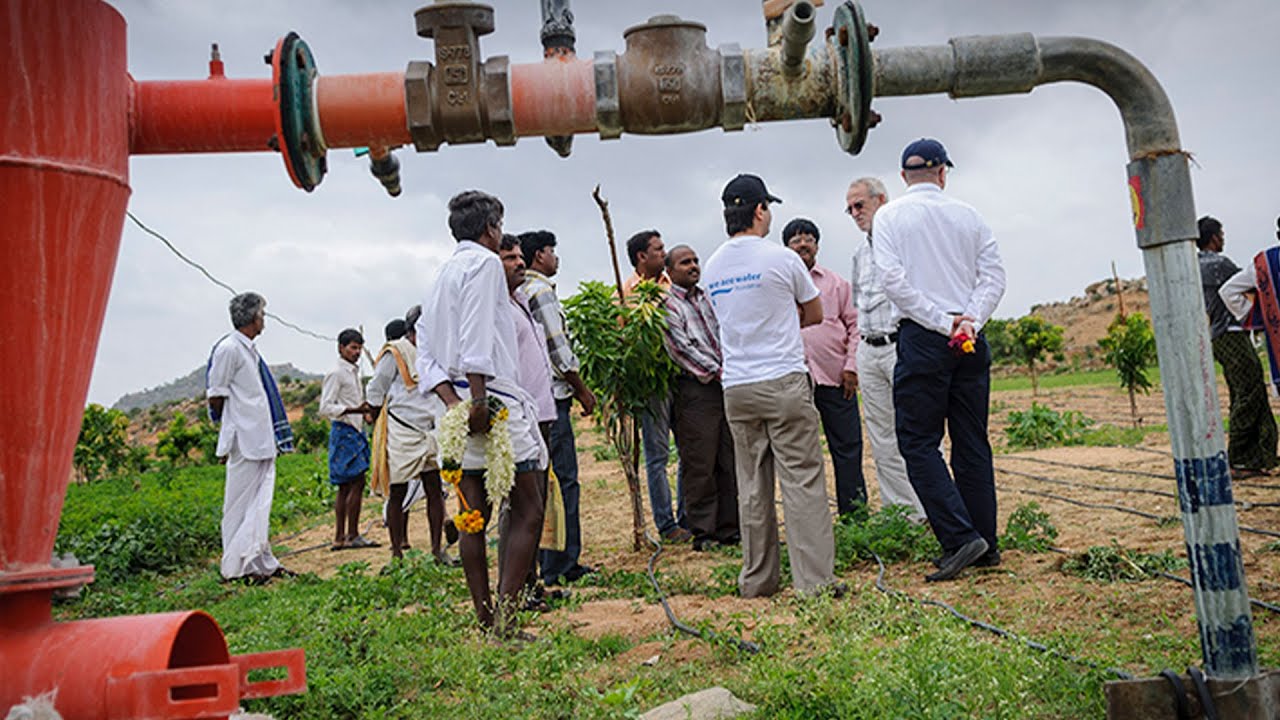
How can India address its water future? The World Bank posed this crucial question for a continent facing a massive problem of access to water and sanitation. Last summer, after several years of working with the Indian government, the UN agency published the report Addressing Groundwater Depletion: Lessons from India, the world’s largest user of groundwater. It addresses the world’s groundwater problems by using lessons learned to secure water and food for the entire world’s population.
The report has been released in the context of the IPCC’s complete publication of its sixth report (AR6), which adds to the urgency with which the World Bank is urging the world to take action to safeguard aquifers, a critical natural capital for the environment and vital for people’s health and food security. The predictions made about India in the previous report, AR5, have been confirmed in recent years in three critical parameters: extreme heat waves are occurring more frequently, droughts are more severe, and the monsoons’ irregularity is confirmed.
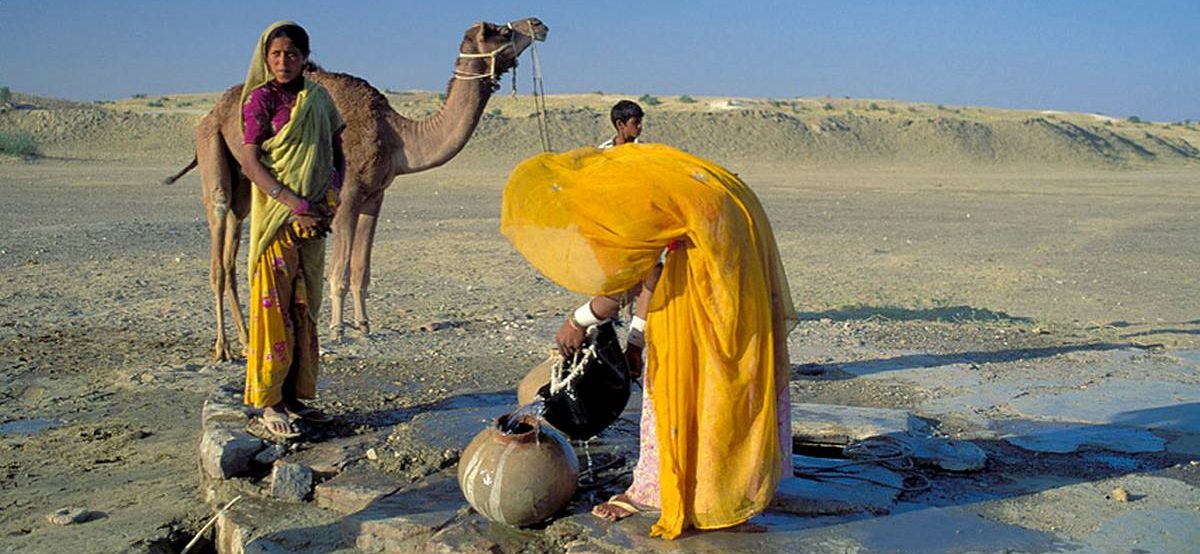
India is the world’s largest groundwater extractor. © Photo/ World Bank / Curt Carnemark
A thirsty population
In 2020, India surpassed 1.38 billion inhabitants, almost twice the entire population of Europe, and has a gross birth rate of 17 live births per 1,000 inhabitants. At this growth rate, the country will overtake China in population by 2035 and become the most populous country globally.
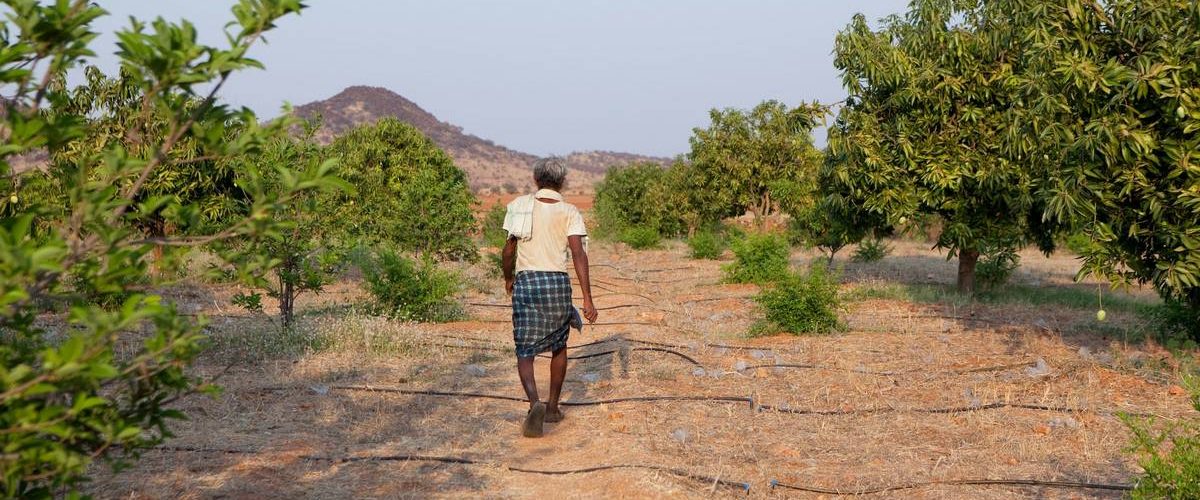
69% of India’s population is rural, well above the average rural population of 58% for Asia. Foundation Project Horticultural development through drip irrigation systems, India. © Juan Alonso_FVF
69% of India’s population is rural, well above the average rural population of 58% for Asia. 80% of these people make their living from agriculture and animal husbandry, the most water-demanding sectors. In its report, the World Bank provides a starting point that triggers all alarms: India is home to 16% of the world’s population but has only 4% of the planet’s freshwater resources.
Overexploited and polluted aquifers
As in the rest of the world, water from aquifers is the main factor to consider in the country’s growth strategies. In India today, more than 60% of irrigation water comes from groundwater. This is a proportion that continues to increase compared to the use of surface water from rivers and lakes. Another fact reveals the unsustainability of the situation: India extracts more groundwater each year than the US and China combined.
According to India’s Central Ground Water Board, 17% of aquifers are overexploited. In this case, overexploitation means that the rate at which water is abstracted exceeds the aquifer’s recharge rate.
It should be borne in mind that groundwater is a very ancient treasure in arid areas, in some cases accumulated over millennia. When depleted, the aquifer is geologically altered, with dire consequences for the moisture of the adjacent soil, which dries out, becomes vulnerable to erosion, and loses its capacity to retain rainwater. Erosion leads to desertification in a process that, in some cases, is irreversible.
In the case of India, the World Bank reports that 5% of aquifers are in a critical state, i.e., they have reached the point of no return, which is an environmental death sentence; and 14% are approaching this situation. This is particularly alarming in three major regions: the northwest, the west, and the south of the peninsula.
This is not something new: in 2009, scientists warned of the deterioration of the aquifers in the upper Ganges basin, whose water table was falling at a rate of 33 cm per year. The same hydrological study, which was carried out with GRACE satellites (Gravity Recovery and Climate Experiment), also concluded that 108 km3 of groundwater had disappeared in this region between 2002 and 2008 – a considerable amount, equivalent to three times the water dammed in Lake Mead by the Hoover Dam, the largest water reservoir in the USA. However, the study was merely a scientific endorsement of what millions of farmers in other parts of the country had already been observing for decades: many of their wells were running dry after having to dig deeper and deeper repeatedly.
In its report, the World Bank also points out that groundwater pollution and the effects of climate change, such as erratic rainfall in drier areas, also stress the supply of 85% of domestic water in rural areas, 45% in urban areas, and more than 60% in irrigated agriculture.
The “green revolution”: feast today, famine tomorrow
The report points to the so-called “green revolution,” supported by the government since the 1960s, as the leading cause of the problem. At the time, and to ensure food security, rapid rural electrification was encouraged by making modern pumping technologies available. This led to an exponential increase in the number of abstractions. In the last 50 years, the number of wells has increased from one million to 20 million, and India has become the world’s largest user of groundwater.
Today, several states affected by groundwater depletion continue to provide free or subsidized power to pump groundwater for irrigation, encouraging overexploitation. In the long term, therefore, to achieve sustainable groundwater management, it is imperative to address cross-sectoral reforms that prioritize the water-energy-agriculture nexus and provide the right incentives to farmers.
Solutions lie on both the supply and demand sides
The World Bank takes the line advocated by all resource management experts in favor of integrated supply- and demand-side solutions. In other words, basin management and aquifer recharge programs, i.e., on the supply side, are not enough. It is necessary to encourage and develop measures on the demand side, such as collecting surface water through small agricultural ponds and controlling dams, installing efficient irrigation systems, such as drip irrigation, and crops that require less water. The World Bank calls for local regulatory governance in all threatened aquifers before they are overexploited. It warns that an efficient warning system is needed, urging the country’s government, which currently only notifies about 14% of overexploited blocks, to do so as soon as possible.
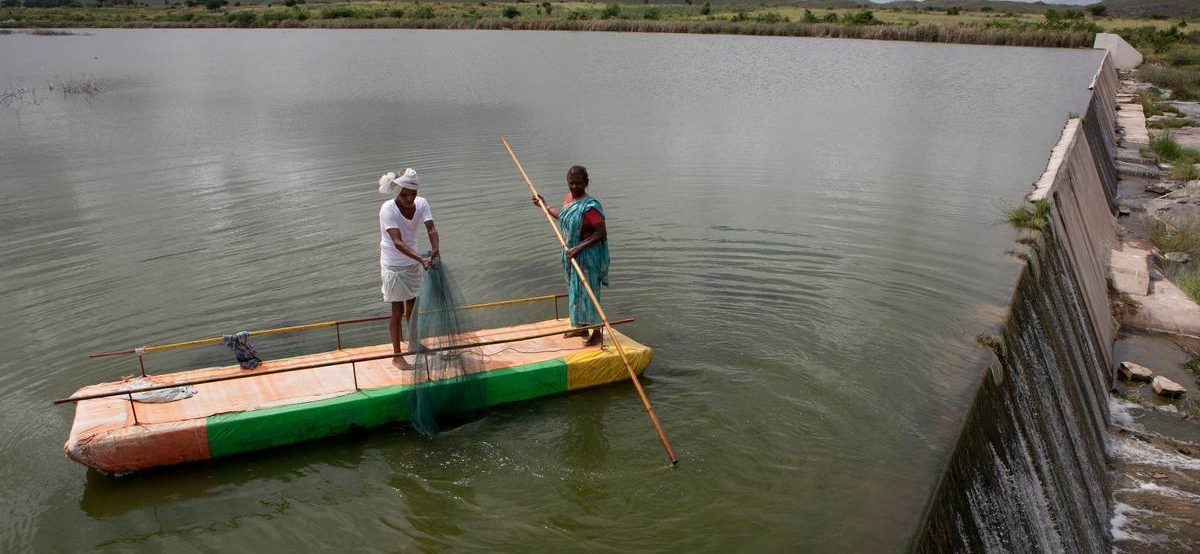
Foundation Project, Construction of reservoirs, India. © Javier Biscayar
Participation, the starting point and the best tool
At the Foundation, we have realized that it is impossible to guarantee the effectiveness and sustainability of a project without the active participation of the community, from its genesis to the start-up of the facilities and their maintenance. In India, we have been doing this since 2010, building small reservoirs, installing drip irrigation systems, or digging wells to extract water for domestic use. It is essential to empower communities and foster community awareness through knowledge and capacity building. This motivates social regulation and the implementation of coordinated actions.
In its report, the World Bank insists on this fundamental aspect, especially in guaranteeing community rights in governance. This is all the more necessary the more dispersed and defined the hydrological zones are, and this approach is supported by the Indian government, as expressed in its Participatory Groundwater Management (PGM) document. The success of this approach requires solid local institutions, which are essential if supply-side interventions are to be effective in sustaining groundwater in severe drought episodes and avoiding overexploitation.
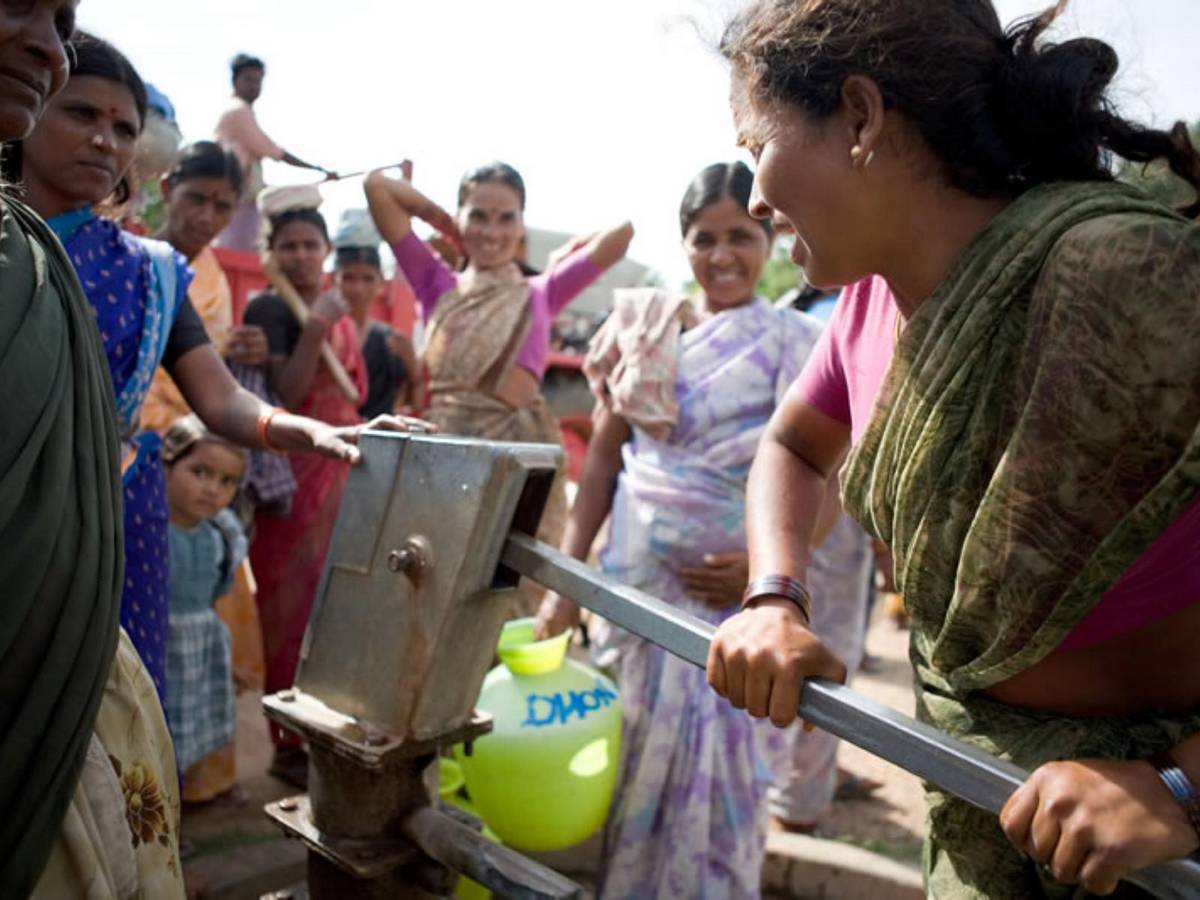
At the Foundation, we have realized that it is impossible to guarantee the effectiveness and sustainability of a project without the active participation of the community.© Carlos Garriga/ We Are Water Foundation
A very delicate dilemma
Groundwater abstraction presents India and the world with a paradox: the need to continue using aquifers while discouraging their exploitation. The solution to the dilemma must be to promote efficiency and effectiveness in management.
Groundwater abstraction has allowed millions of rural families to reduce their vulnerability in the short term. Still, the cases of India, like those of Spain, the US, and many dryland countries, show that the risk of depletion can dramatically increase their vulnerability in the long term. The challenge is enormous, and as consumers of water and food, we must face it together.


